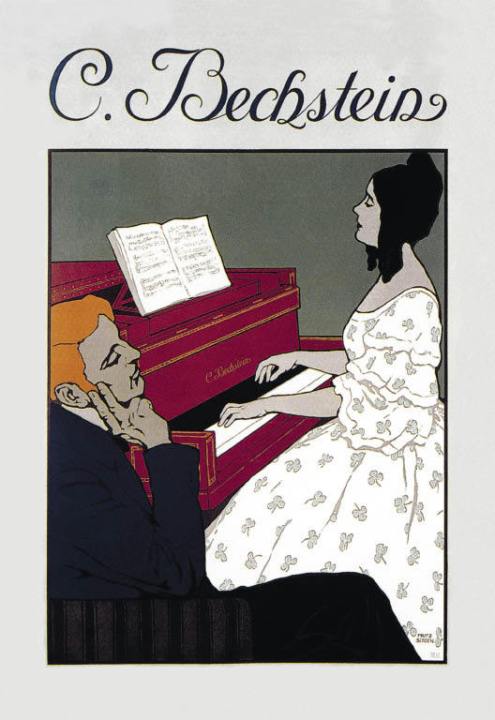How Music Works opens with a blizzard of reassurances. First, John Powell establishes his ordinary-bloke credentials by means of a slightly tortured analogy between many people’s attitude to music (‘pleasure without understanding’) and the time he went to the chip shop after the pub and realised he couldn’t tell the Chinese owner exactly what gravy was. He then lays out in some detail what prior knowledge of musical theory, maths and science we’ll need for what follows: absolutely none. The message, in other words, is a firm ‘Don’t panic’. This might be a book of musicology by a classically trained composer and physics professor, but it’s aimed squarely at the novice.
And from there, Powell proves as good as his word. At times, you do get the impression that he’d love to let rip with some of the ‘spoon-bendingly complicated maths’ he refers to in passing, but in the end he heroically restrains himself. The tone remains resolutely chatty throughout. The little jokes continue to pile up — even if their degree of hilarity is distinctly variable. His almost pathological anxiety not to alienate his readers means that nothing is allowed to go unexplained, from melody (‘a string of notes of different pitches’) to a tuning fork (‘a specially shaped piece of metal which produces a specific note when you hit it’).
Fortunately, the longer all this goes on, the more two rather unexpected things start to happen. The first is that Powell’s desperation for us to grasp what he’s got to say becomes increasingly endearing. OK, so he often resembles a trendy teacher wanting the kids to like him — but only, you feel, because he really, really wants us to understand harmony, timbre, rhythm and the rest. Second, and more important, we notice how deftly he’s leading us deeper and deeper into the subject, and in just the painless way he promised. Within 20 pages of reading that ‘a scale is a sequence of notes arranged as series of upward (or downward) steps which take us from one note to another’, we’ve already reached a perfectly lucid explanation of why to be a semitone apart, each string on a stringed instrument, if otherwise identical, needs to be 5.61256 per cent shorter than the last.
The book is good, too, on the historical development of what might now seem natural laws. It wasn’t until 1939, for example, that a committee in London laid down what frequency each note should be. As Powell says:
The note we know as ‘A’ would be called a ‘slightly out of tune B flat’ by Mozart (we know this because we have the tuning fork Mozart used).
The same fondness for the did-you-know? snippet also enables him to reveal with a proud flourish that ten violins sound only twice as loud as one, and 100 only twice as loud as ten. This, of course, is followed by a careful account as to why — in this case with particular reference to the nature of overlapping sound-waves and the evolution of the human ear. But through all the scientific and historical fact, Powell also finds time for several strong opinions, including a curiously heartfelt attack on decibels as a means of measuring volume. The book concludes with some persuasive encouragement as to why it’s never too late to learn a musical instrument.
Musical scholars and even keen amateurs should certainly look elsewhere — but, then again, they can’t say they weren’t warned. Any readers whose love of music has somehow not led them to explore the technical side before will surely find the result a thoroughly accessible, and occasionally revelatory, primer. Within Powell’s deliberately limited remit, in fact, it’s hard to imagine how he could have done a better job.







Comments